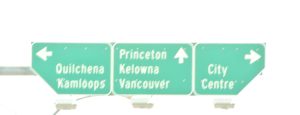There are some interesting walking sticks at the Nicola Valley Heritage Societies Baillie house, downtown Tourist info center. The historical sie has a display of items donated for fund raising and one of them is a walking stick bin where the stick below came from. Carvers Kim and kal Clarkston are keen on the craft being out there as the city has trails and maps highlighted at the center.

When choosing a walking stick, consider the following factors to ensure it meets your needs and preferences:
- Purpose: Determine the main purpose of the walking stick, whether it’s for casual walks, hiking on trails, or for additional support and balance.
- Material: Choose a material that suits your intended use. Common options include wood, aluminum, or carbon fiber. Wood can be aesthetically pleasing, while aluminum and carbon fiber are lightweight and durable.
- Height: The ideal walking stick height should allow your elbow to bend comfortably at a 15-degree angle when holding the stick, with the tip touching the ground.
- Grip: Consider the type of grip that feels most comfortable for your hands. Popular options include ergonomic handles, traditional knobs, and contoured grips.
- Tip: Select a tip that suits the terrain you’ll encounter. Rubber tips are suitable for urban settings, while spiked tips provide better traction on uneven or slippery surfaces.
- Additional features: Some walking sticks come with additional features such as shock absorption, foldability, or adjustable lengths. Consider these based on your specific needs.
Remember to test the walking stick and adjust its height if possible before making a final decision.
Baillie House 2202 Voght in Merritt BC
Photos KDG


















